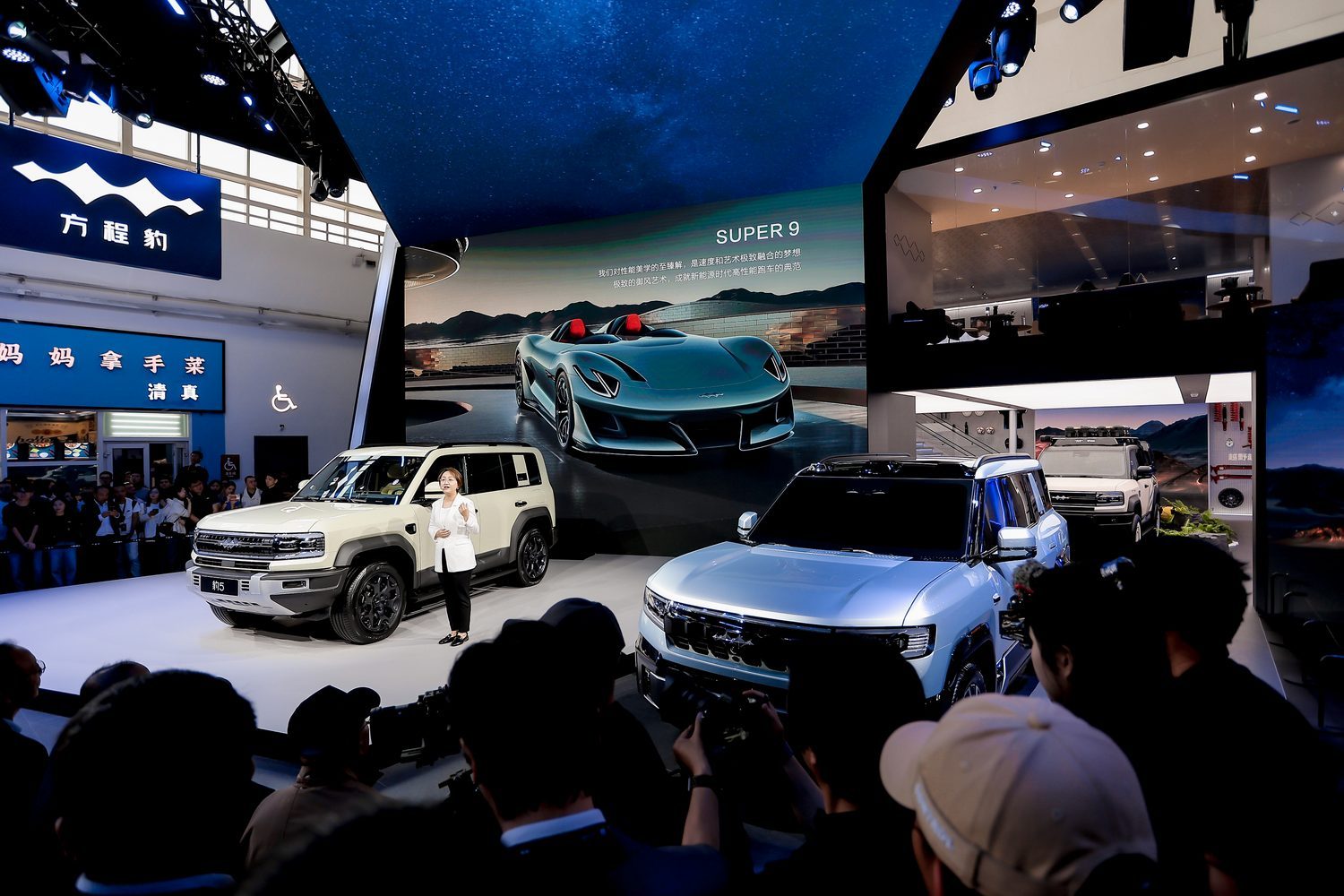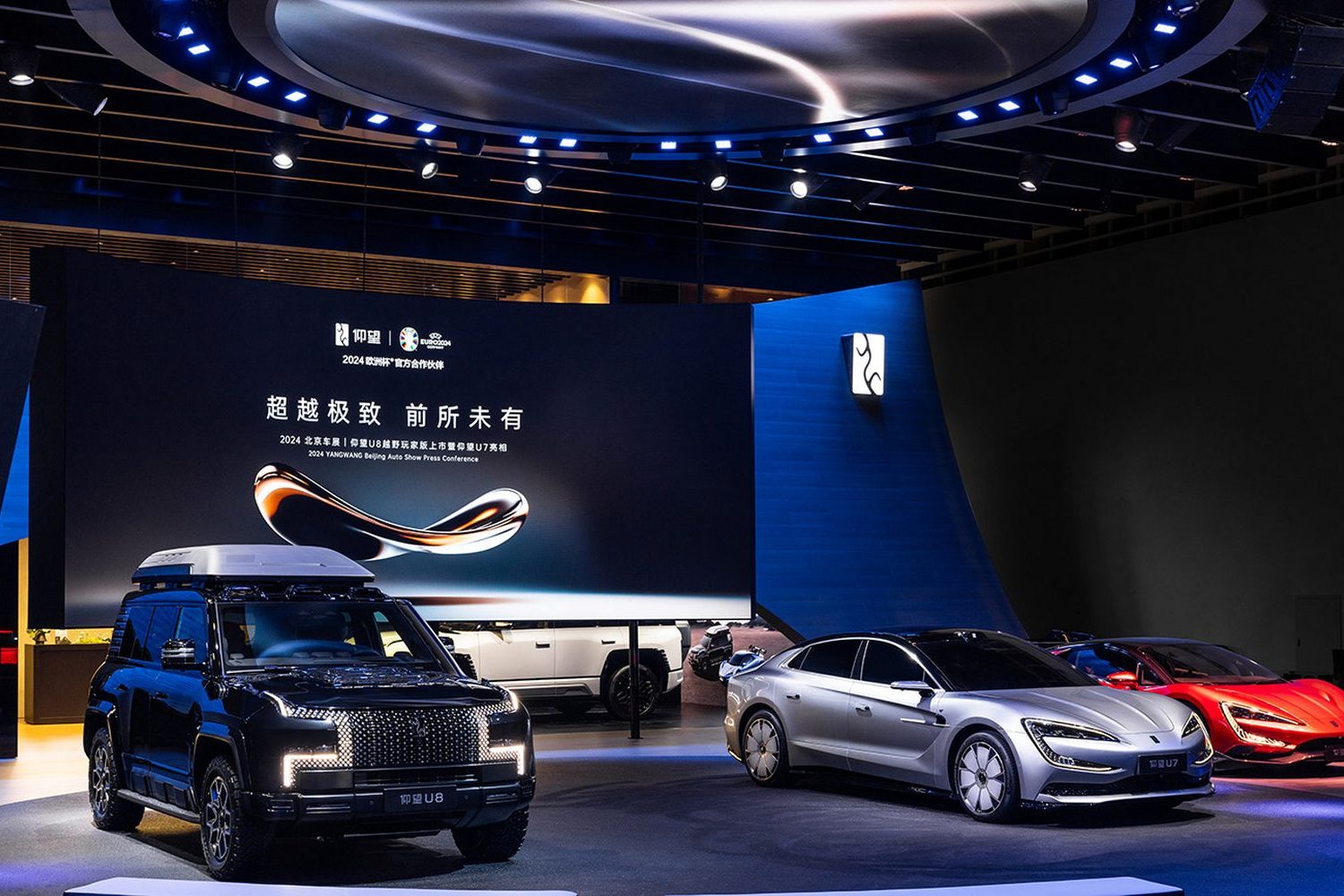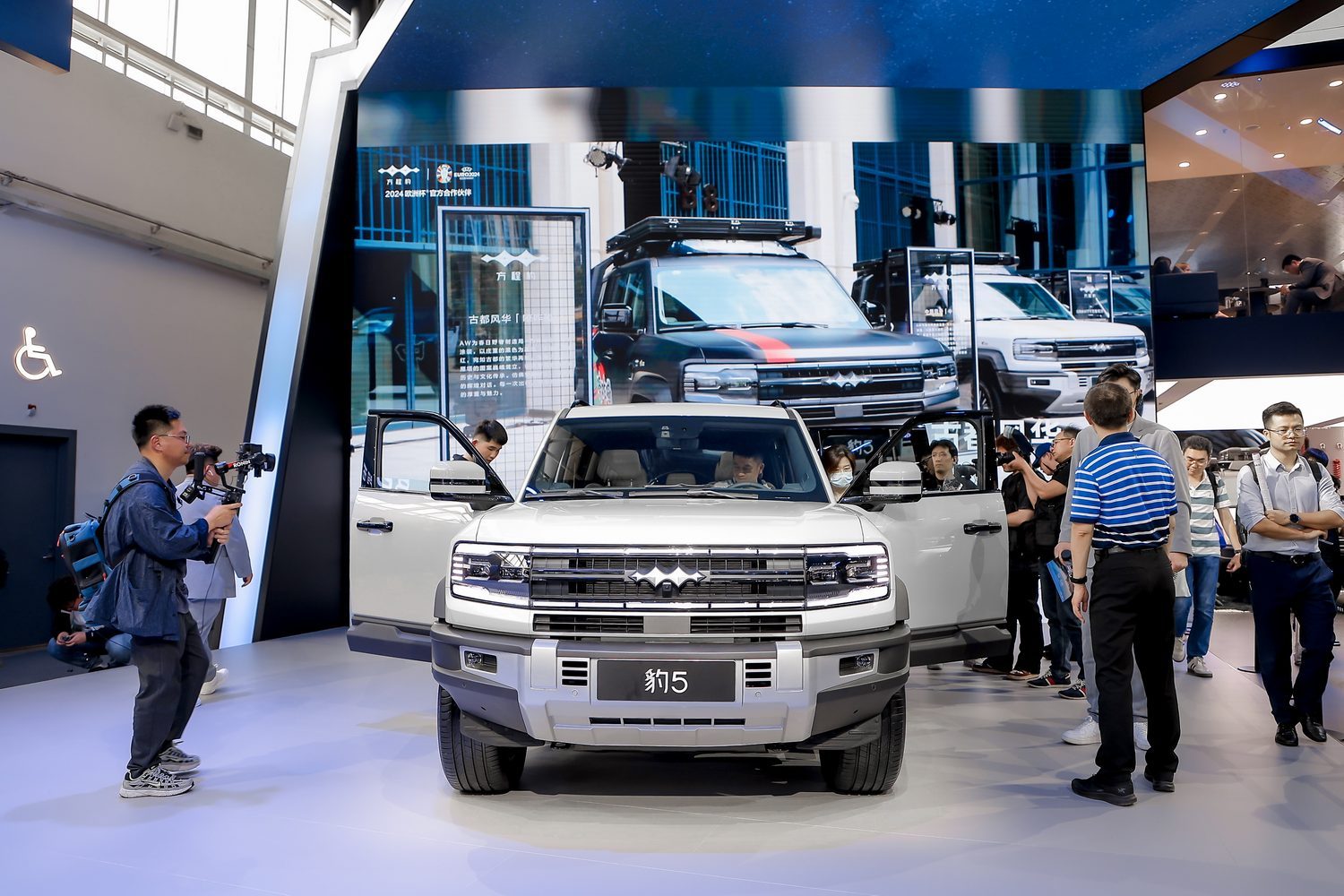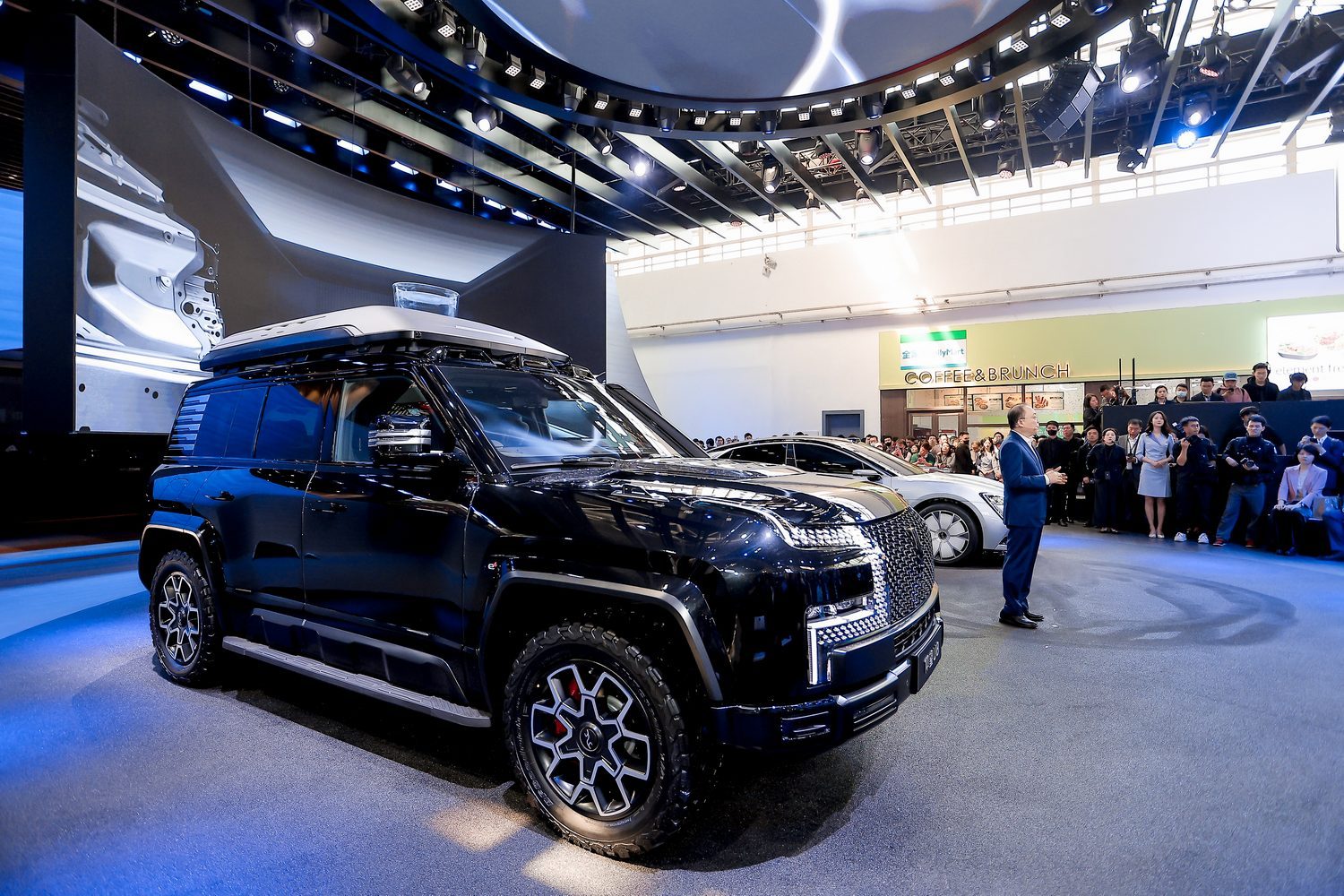BYD has been, since it arrived on sale in Ireland, as the ‘biggest car company you’ve never heard of.’ That was probably true when it first set up shop here with the Atto 3 electric crossover, but BYD’s plans for European and Irish sales are aimed at making it not just a big car company of which you actually have heard, but a car company with a ten per cent market share across the continent.
That’s a big ambition - rival big brands have tried and struggled to get anywhere close - but Stella Li, a highly lauded executive and one of the first to join BYD back in the 1990s when it was still just a small battery maker, says that she wants to hit that ten per cent mark even earlier than three 20230 date first proposed.
Li, who has recently been appointed to head up BYD’s European operations, told CompleteCar that: “We will reach that figure much faster. I don’t want to wait till 2030.”
Initially, in terms of new European models, the first expansion of the current line-up (which consists of the Atto 3 crossover, the Dolphin hatchback, and the Seal saloon) will be to launch new derivatives, creating an entire Seal family.
Plug-in hybrid tech

So, alongside the current all-electric Seal saloon, by the Autumn of this year, we will get the Seal-U DM-i, a chunky, roomy SUV that uses BYD’s new plug-in hybrid technology. Based around a 1.5-litre petrol engine and with a large 18.3kWh battery, the Seal-U promises a range of up to 70km on a full charge and reasonable economy once the petrol engine spools up.
At the Beijing motor show, two more Seal models were revealed. The Seal 6 is, like the current Seal, a four-door saloon, but it’s a little taller and less sleek than the current all-electric model. It, too, is based on the 1.5-litre DM-i plug-in hybrid system. No technical details were forthcoming at the show, but BYD’s chairman, Wang Changfu, has previously said that the company’s next-generation DM-i system due to be launched with this Seal 6 and with a Chinese-market sister car, the Qing-L, will be even more efficient and capable of returning 2.9 litres per 100km fuel economy. The Seal 6 has not been officially confirmed for European sales as yet, but it is being considered, and seems likely to be a sister car to the Seal-U.
Definitely coming to Europe is the new Sealion 7, which takes the existing Seal electric saloon and turns it into a coupe-SUV to compete with the likes of the VW ID.5 and the BMW iX2. It has nicer proportions and sleeker styling than the rather more upright Seal-U and uses a 93kWh version of the BYD ‘Blade’ lithium-iron-phosphate battery to give it a claimed range of up to 500km (that’s still a provisional figure, though). While that’s a shorter range than that of the electric Seal saloon, the Sealion’s advantage lies in its roomier rear seat and a more substantial 500-litre boot, backed up by a large ‘frunk’ in the nose.
Seagull arrives next year

These new models may be considered something of a sideshow compared to BYD’s next confirmed European car - the Seagull. The Seagull is a compact all-electric car, about the same size as a VW Up or Kia Picanto, but in spite of its small size it has been creating big concerns in the boardrooms of European car makers because right now, in China, it sells for the equivalent of €10,000.
That’s not for a tiny battery with a useless range, either. The Seagull has two battery packs available, capable of providing 300km or 400km ranges, and no European car maker could currently match its price tag. So, BYD’s confirmation that the Seagull will come to Europe next year, and with right-hand drive for the UK and Ireland, should cause utter panic. However, there’s a caveat which may calm things down a bit - Stella Li confirmed to CompleteCar that the European Seagull will not be the same as the existing Chinese model but will be based on an updated version and will be much-modified to be capable of at least a three-star Euro NCAP safety score, something the current Chinese version would not be able to do. That will increase its price tag and possibly provide some relief to European car makers.
One other BYD model which may come to Europe is the Seal 5 - this is mid-sized four-door saloon, analogous to the Toyota Corolla saloon but equipped with a plug-in hybrid system, something that Toyota does not offer in Europe. We took the Seal 5 for a quick spin, and it proved basically competent but rather cheap and old-fashioned in feel compared to the rest of the new BYD range, and on that basis it may not make it to Europe. There is a faint possibility that it might be brought here to feed the taxi market, which has certainly embraced the Atto 3, but nothing is yet confirmed.
One thing Stella Li did confirm is that BYD sees its long-range plug-in hybrid DM-i technology as a significant bridge towards fully electric models. With electric sales slowing dramatically across the world (outside of China at any rate), Li reckons that until such time as Europe and the US catches up in terms of charging infrastructure, customers will prefer the reassurance of having a petrol engine, even if they can cover most of their regular mileage on electric power. BYD’s figures claim that 80 per cent of plug-in hybrid customers trade up to an electric vehicle, which Li puts down to them being able to get used to charging with a PHEV but without the anxiety of relying on the charging network.
Li also confirmed that BYD is considering establishing a second European factory. The company’s first, in Hungary, is expected to go online next year. BYD is also building factories in Thailand and Brazil, and Li said that she wants to make sure that BYD invests in the markets in which it sells, recognising that Chinese brands have to overcome some perception issues in Europe. There was much talk of putting money and jobs back into communities with factories and a European design and development centre, which is currently under consideration. No timeline nor location has yet been established for any second European factory.
Denza will rival BMW and Audi

One other thing we know for certain is that Denza will come to Europe to be BYD’s premium brand and a foil for the likes of BMW, Audi, and Mercedes (although Mercedes still owns a 10 per cent share of Denza, having co-operated with BYD since 2010). At the moment, Denza offers the compact N7 electric crossover, a larger N8 model, and the big and luxurious D9 MPV. When it comes to Europe, though, the Denza brand will have the new Z9 GT, first revealed at the Beijing motor show this week. A large five-door fastback in the mould of the Porsche Taycan Turismo, the Z9 GT gets a 965hp tri-motor electric layout, which puts it firmly in Porsche’s orbit when it comes to performance.
It is also likely - although not yet fully confirmed - that the Denza brand will be used to rebadge the second of BYD’s spinoff brands, Fengchangbao. Fengchangbao is (aside from the Super 9 concept sports car seen in Beijing) focused on SUVs and 4x4s and will launch with the large and rugged Bao 5 model, a rival to the likes of the Toyota Land Cruiser and Land Rover Defender. The 5 has a high-performance version of the DM-i plug-in hybrid system and can be ordered with a high-tech active suspension system, too. It will be joined by a larger, seven-seat Bao 8 and Fengchangbao also showed off a concept Super 3 model at the Beijing show. This will eventually become a rival to the likes of the Nissan Qashqai and Hyundai Tucson. Whether BYD will keep the existing model names if it applies the Denza badge to these models is as yet unknown.
Yangwang super-luxury brand

Finally, there’s Yangwang. Another BYD spinoff with a name that will be difficult to sell in Europe, Yangwang is BYD’s super-luxury brand. It has so far been best known for the hulking great U8 SUV, which has party tricks, including an ability to do a 360-degree ‘tank turn’ on the spot (thanks to being a range-extender hybrid powered by four electric motors) and even float on deep water for a short time should you be surprised by a flood.
The U8 is incredibly unlikely to come to Europe simply because its massive weight - between 3.4 and 3.6 tonnes - would mean that many versions could only be driven by those with an HGV licence. However, Yangwang, rebadged or otherwise, will come to Europe with the car it showed in Beijing - the 1,300hp all-electric U7 super-saloon, which can sprint to 100km/h in just 2.9 seconds, and which has a fully-electrically-controlled suspension which can use its movements in response to bumps to actually feed charge back to the battery.
Significantly, both Denza and Yangwang are built around a direct-sales agency model, whereas so far in Europe BYD has gone through a more conventional franchise dealer network. Whether that will continue once the new brands arrive is not yet known.







